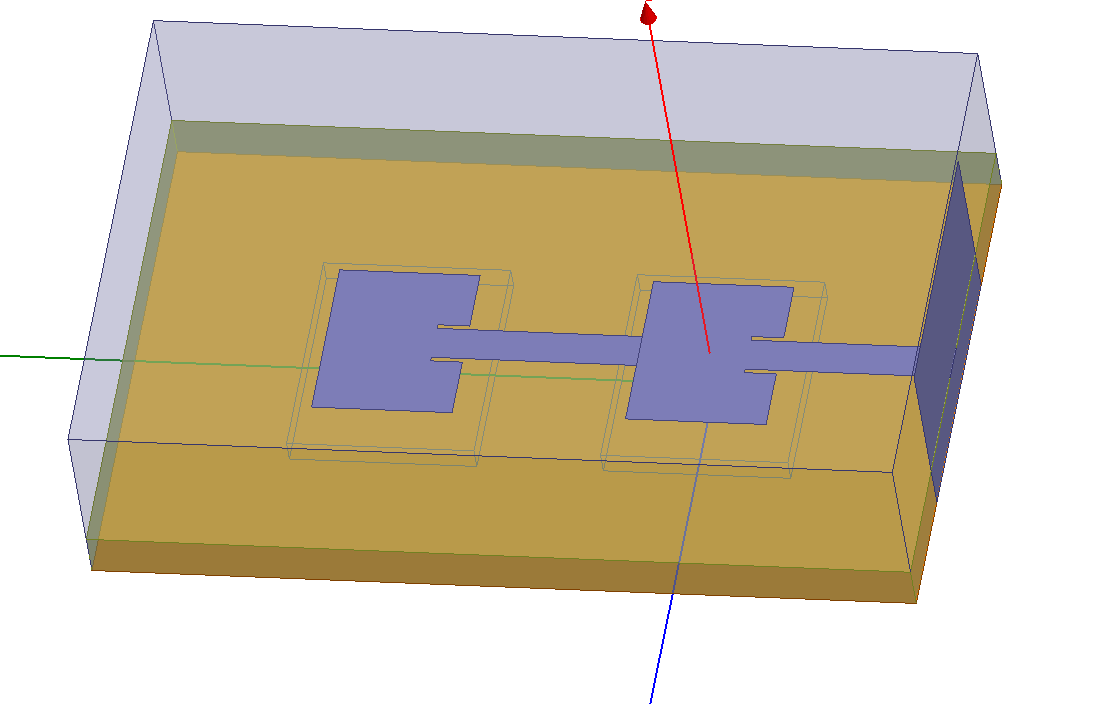ae6
Newbie level 3

- Joined
- Dec 17, 2009
- Messages
- 3
- Helped
- 0
- Reputation
- 0
- Reaction score
- 0
- Trophy points
- 1,281
- Location
- engineering
- Activity points
- 1,301
Hi,
i design an array patch.
what setups should be added?(only array setup in radiation ?)
TNX.
i design an array patch.
what setups should be added?(only array setup in radiation ?)
TNX.




